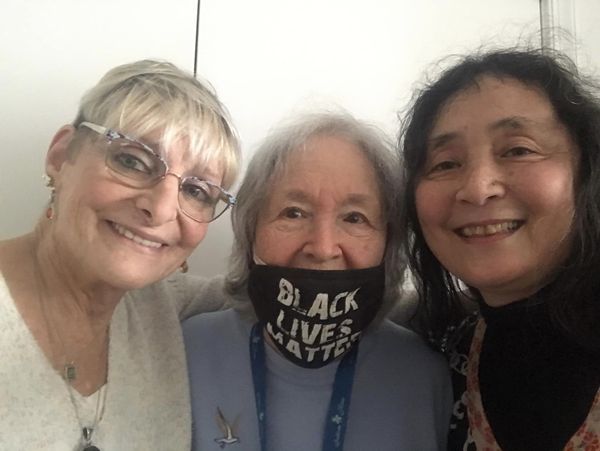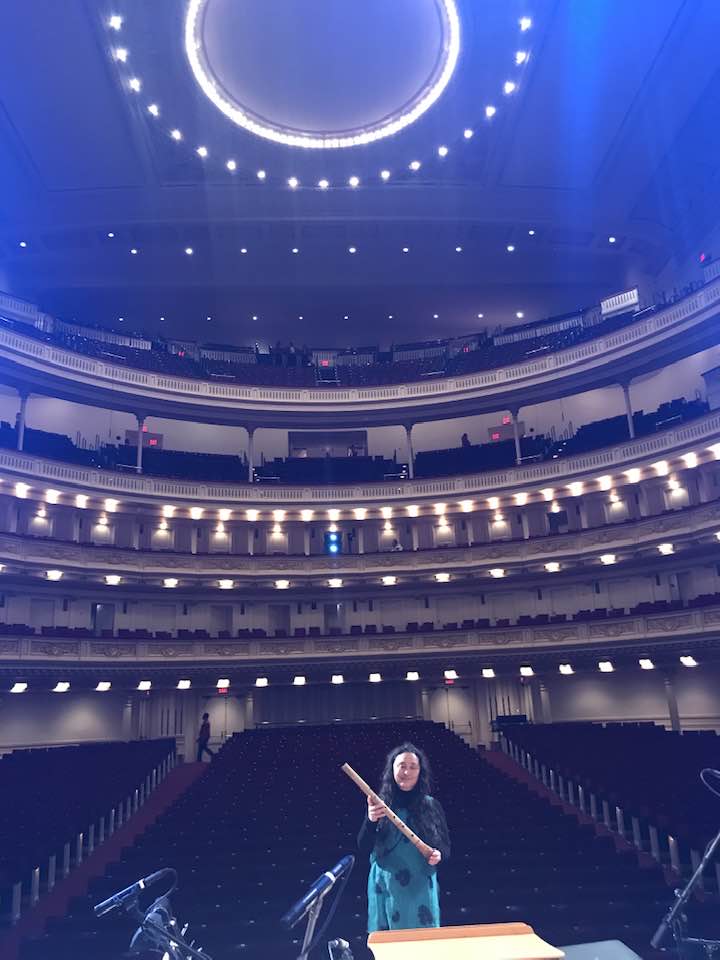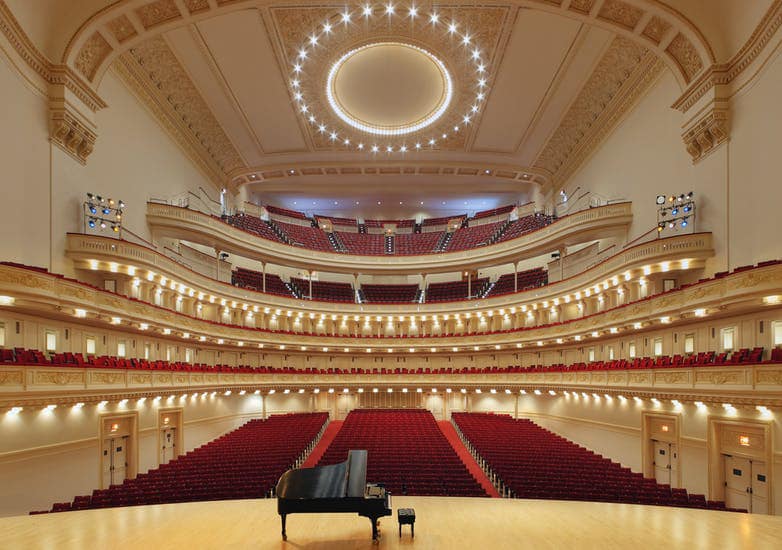I met up with some wonderful shakuhachi people the day after the Carnegie Hal gig. It was very interesting that feel I had focused so much on the performances of Genshin Concert, that I could hardly play honkyoku at all. Honkyoku, the traditional music of shakuhachi has always been the most improtant part of my musical work. And yet.. I almost felt blank the day after. I am back and into playing honkyoku again and loving it.
Now the next project is a collaboration with Greenlandish composer and flute player Arnannguaq Gerstrøm. She will compose a piece for solo shakuhachi. I can’t wait. And maybe I can get Jesper Holmen to compose as well.



































